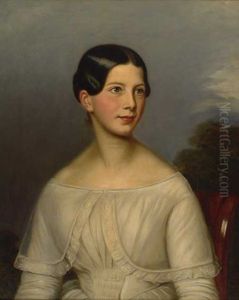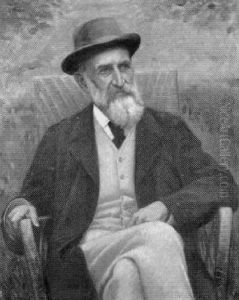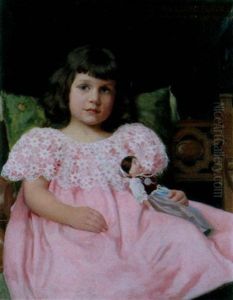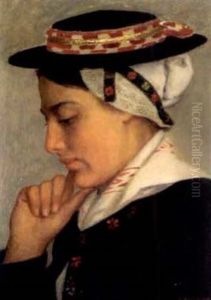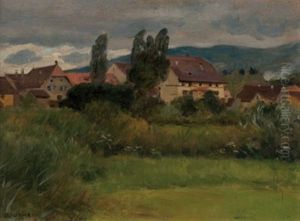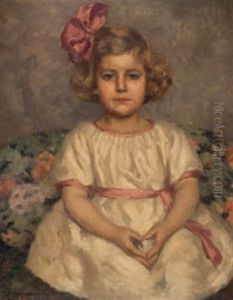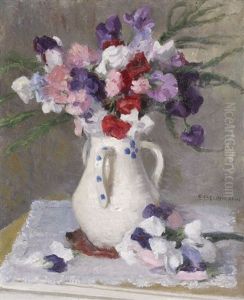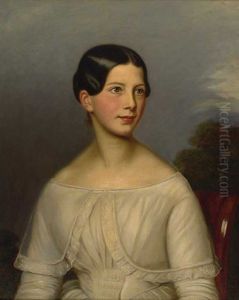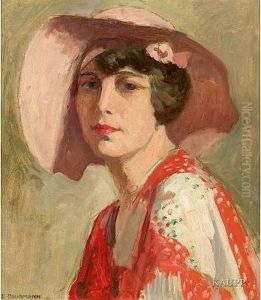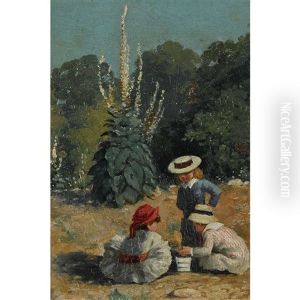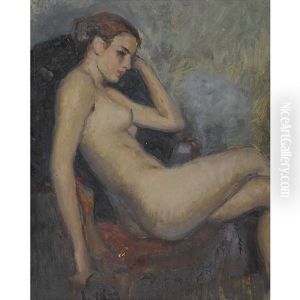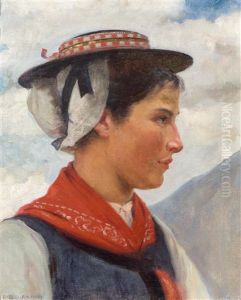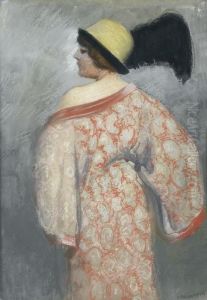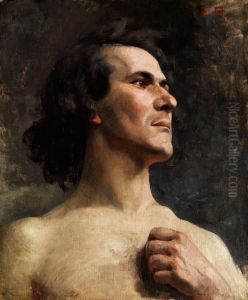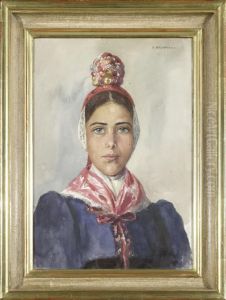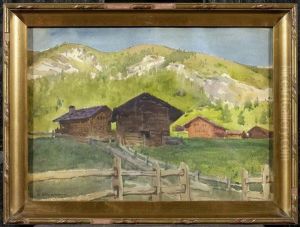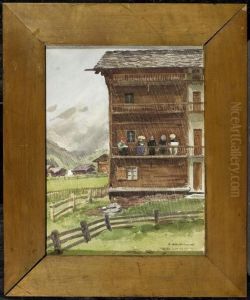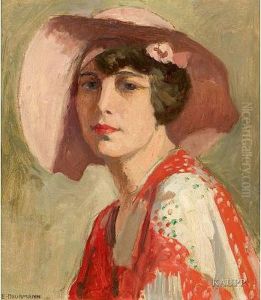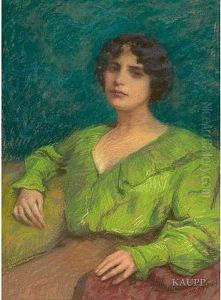Emil Beurmann Paintings
Emil Beurmann was a Swiss artist and writer known for his contributions to expressionism and symbolist art movements. Born on December 31, 1885, in Basel, Switzerland, Beurmann grew up in a culturally rich environment which fostered his early interest in the arts. He was particularly drawn to painting, drawing, and literature, and these interests would shape his diverse career.
Beurmann initially studied art at the University of Basel before moving to Germany, where he furthered his education in cities like Munich and Berlin. These cities were hubs of artistic innovation, and Beurmann was heavily influenced by the vibrant expressionist scene. His early works were characterized by their intense color, bold lines, and emotional depth, often exploring themes of human psychology and spirituality.
In addition to painting, Beurmann was also an accomplished writer and playwright. He published several books and plays throughout his career, which often explored similar themes as his visual art. His literary works were well-received and added another dimension to his artistic persona, showcasing his ability to express complex ideas through multiple mediums.
Despite his contributions to the arts, Beurmann was not as well-known as some of his contemporaries. Nevertheless, he continued to work prolifically throughout his life, leaving behind a body of work that is appreciated for its emotional intensity and aesthetic innovation.
Emil Beurmann passed away on March 26, 1960, in Basel. His work has since been recognized for its importance in the Swiss art scene, and his legacy continues to be celebrated by art historians and enthusiasts who appreciate his unique approach to expressionism and symbolism.


